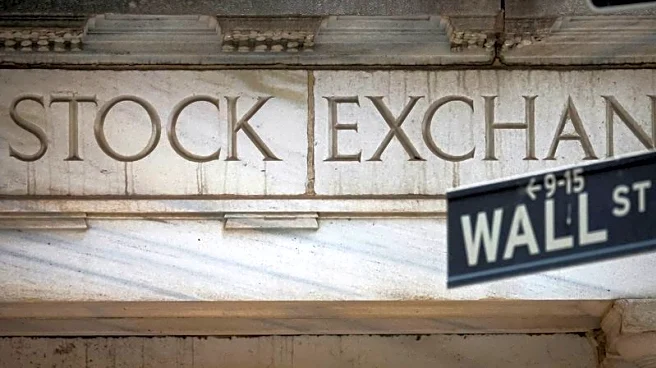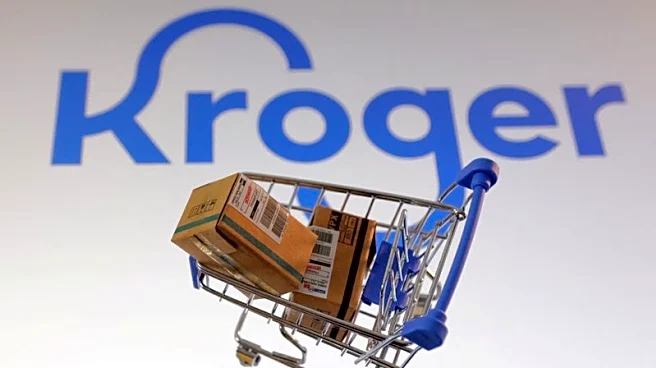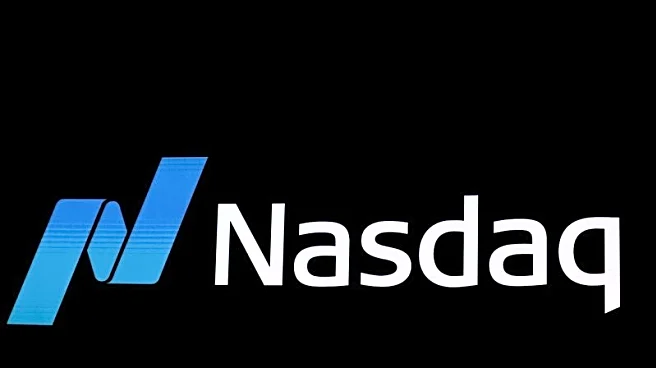What is the story about?
What's Happening?
Retail brands are reevaluating their pricing strategies in response to tariff-induced market volatility. With rising costs due to federal trade policies, brands face pressure to maintain stable prices on major platforms like Amazon and Walmart. Some brands are prioritizing predictability over promotions to protect profits and maintain consumer trust. This approach involves reducing discounts and optimizing operations to offset rising costs, while leading with transparency to retain customer loyalty.
Why It's Important?
The shift in pricing strategies highlights the impact of global trade policies on the retail industry. Brands that successfully navigate tariff uncertainty can preserve their margins and build consumer trust, potentially gaining a competitive edge. The focus on transparency and operational efficiency reflects broader industry trends towards sustainable business practices. As brands adapt to these challenges, they may influence pricing strategies across the retail sector.
What's Next?
Brands may continue to refine their pricing strategies, balancing cost increases with consumer expectations. The use of AI technologies to optimize operations could become more prevalent, helping brands improve efficiency and profitability. As tariff pressures persist, brands will need to communicate openly with consumers to maintain loyalty and trust.
Beyond the Headlines
The emphasis on transparency in pricing strategies underscores the importance of consumer trust in retail. Brands that effectively communicate the impact of tariffs on pricing can strengthen their relationship with consumers. Additionally, the use of AI in operational optimization raises questions about the future of workforce management and the role of technology in business decision-making.
AI Generated Content
Do you find this article useful?















